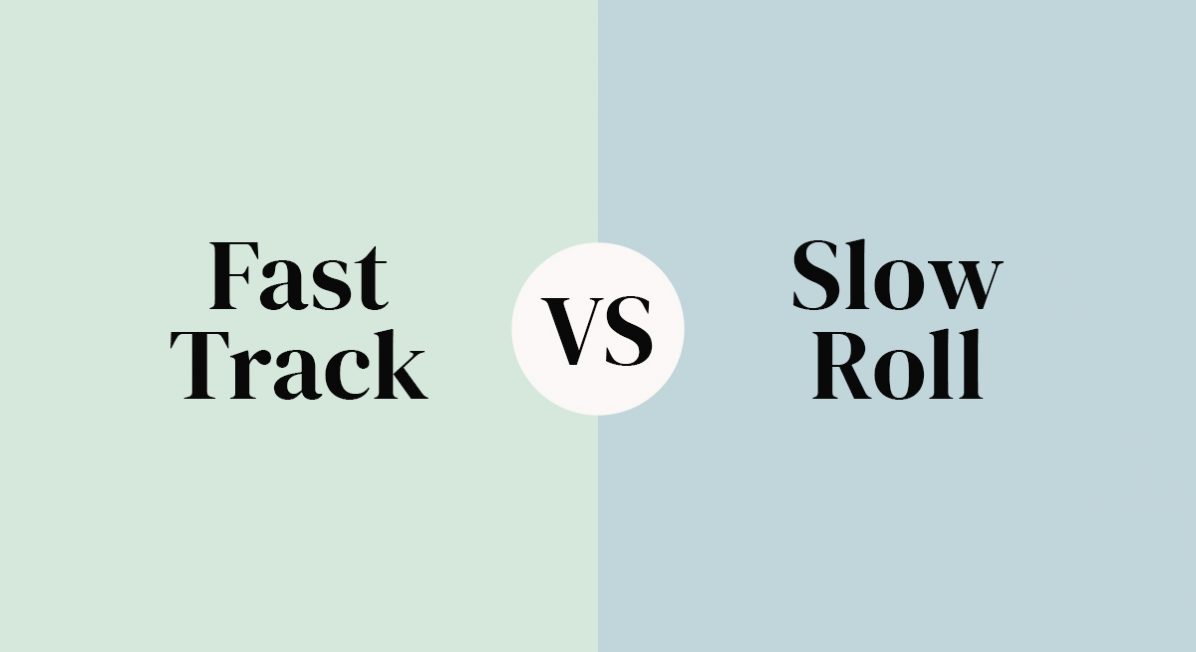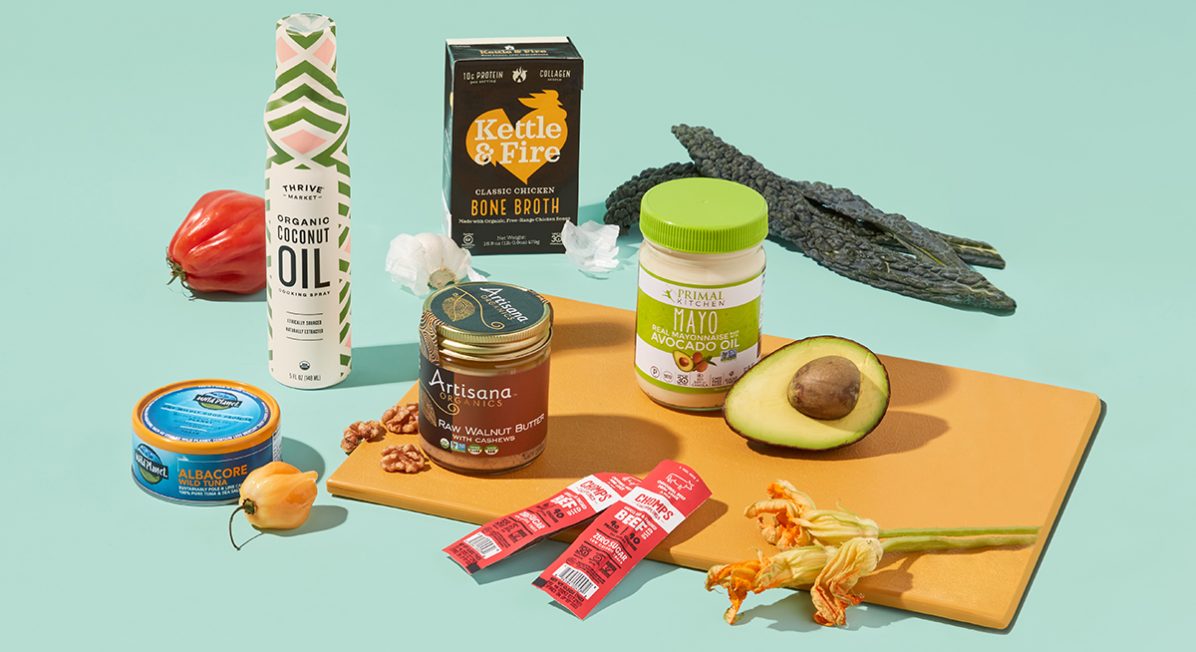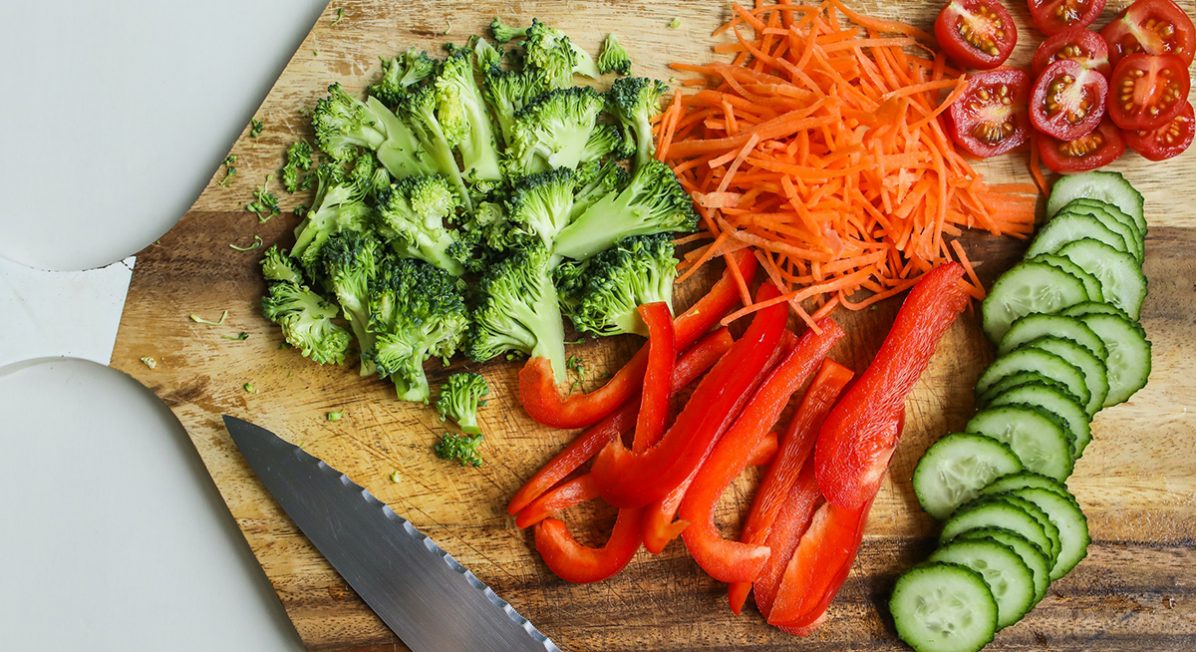What Happens After Whole30®? Melissa Urban’s Tips for Whole30® Reintroduction
Last Update: May 30, 2025
For just about anyone who decides to do a Whole30®, it’s those feel-good results at the end that you’re likely after. At the end of 30 days, you may notice increased energy levels, a slight boost to the metabolism, and even a healthier digestive tract — not to mention priceless insight into any potential food sensitivities. While it is certainly a challenge to avoid things like alcohol and dairy for a whole month, Whole30® remains a favorite dietary reset thanks to the incredible end results reported by its thousands of devotees.
If it’s your first time trying a Whole30®, you may spend so much time making meal plans and learning which off-limits foods to avoid that you miss a very important part of the process: your re-entry plan. According to the official Whole30® website, once those 30 days are up, it’s up to you to “carefully and systematically reintroduce those foods you’ve been missing”.
So what, exactly, does that reintroduction process look like—and how can you use it to learn more about your body? We talked to Whole30® co-founder Melissa Urban about her tips for an effective end to your Whole30®.
Two Options for Whole30® Reintroduction

After Whole30®, you’ll probably decide to reintroduce some or all of the eliminated foods, including:
- Legumes
- Non-gluten grains
- Dairy
- Gluten-containing grains
- Added sugar (optional)
- Alcohol (optional)
According to Urban, there are two options for reintroduction: the Fast Track or the Slow Roll. The Fast Track plan involves systematically reintroducing these food groups back into your diet, one by one, over a period of 10 to 20 days in order to monitor your body’s reaction. The Slow Roll plan is less regimented and more spaced out; it involves simply continuing your Whole30® until a particularly delicious craving strikes, then allowing yourself small portions of your favorite foods over an extended period of time.
How can you effectively reintroduce the foods you eliminated during Whole30®?
“Don’t rush reintroduction! It’s where you learn the most about whether certain food groups do or don’t work well for you,” Urban says.

“Follow a careful reintroduction plan (as outlined on whole30.com or in The Whole30® book), and feel free to take it even slower if you choose; for example, breaking out cheese from other dairy products, or corn from other non-gluten grains. Most importantly, return to the Whole30® for two days between each reintroduction group—that way, if you do experience any negative effects, you’ll have a few days of Whole30® to allow them to subside.”
What signs should you look for that may indicate sensitivity to a food group you eliminated on Whole30®?
“Most folks think about food sensitivities as primarily affecting the digestive system, and that’s a great place to start,” Urban says. She goes on to explain that if you’re sensitive to a food you’ve reintroduced, you may notice these telltale signs:
- Gas
- Bloating
- Stomach aches
- Bowel movement irregularity
Aside from digestion issues, she also recommends looking out for other, less obvious types of symptoms during reintroduction:
- Cravings
- Fatigue
- Disrupted sleep (especially with alcohol)
- Skin changes (breakouts, rashes, or a return of eczema or psoriasis)
- Migraines
- Allergies
- Asthma
- Joint pain or swelling
- Mood changes
“We have a reintroduction checklist that can help you pay attention to your experience with each food group,” Urban suggests. “Keeping a food journal here can also be really helpful.”

How soon should you do another Whole30®?
You may feel so great after your Whole30®, you’ll be tempted to start planning your next one right away. Urban’s advice? “This may be surprising, but my goal is for you to never need the Whole30® again!” she says. “The whole point of the Whole30® is to help you achieve lasting Food Freedom, where you feel empowered to make the right food choices for you. That doesn’t usually happen after just one program, however, so coming back for another round is a common practice.”

Urban goes on to explain the concept of “Food Freedom”, which is a more long-lasting plan for eating that uses some of the concepts from the Whole30®, but with more autonomy.
“If you work your Food Freedom three-part plan (as outlined in [the book] Food Freedom Forever) as hard as you worked your Whole30®, you may not need another reset for a good, long time. Some folks like to jump back into a reset every September or January just as a touchpoint, while others wait until a stressful event or big life change necessitates the need for a more structured reset. Just remember, the Whole30® is a safety net, not a trampoline. I discourage people from doing a Whole30® over and over and over without ever establishing their own Food Freedom plan. Eating by my rules isn’t really freedom.”
Aside from the physical benefits, what types of lessons should people take with them after completing Whole30®?

Urban wants you to take three valuable lessons away from your Whole30®—and they’re just as much about mental health as they are about physical health:
- “First, I want people to realize they can trust themselves when it comes to making the best food choices for their bodies. They know better than any diet expert, media outlet, or Instagram influencer what works best for them.”
- “I hope they realize now what their life can look like every single day—that rockin’ energy, deep sleep, glowing skin, and smooth digestion from their Whole30® can continue into their Food Freedom with conscious, deliberate decisions around what is and isn’t worth it for them in life after the Whole30®.”
- “Finally, I hope they stay connected to the Whole30® community well after their program is over, having gained another reliable source of support, motivation, inspiration, and encouragement as they pursue other healthy habits.”
More Whole30® Resources:
What to Eat When You’re Missing Takeout, Sunday Brunch, and Cocktail Hour on Whole30®